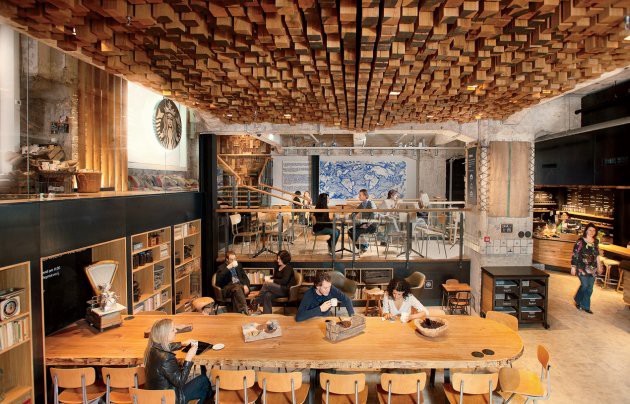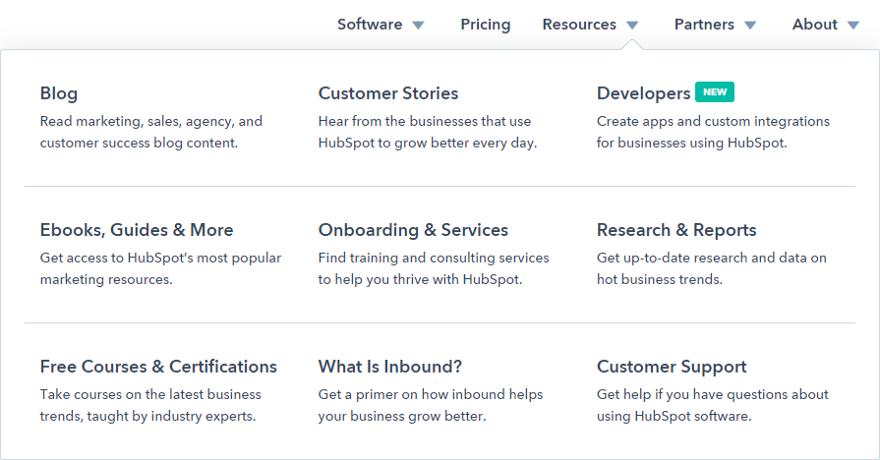“We need you to make this campaign go viral.”
Long pause. Nervous looks.
“Uh, sure, we can do that.”
If you’re an agency or run marketing, you’ve probably sat through this meeting. You may have even been the one to accept the challenge. I admit I have. In all likelihood you haven’t launched a campaign that “went viral” in a way that met expectations. Why? Because you can’t plan to “go viral.”
Forbes writer Robert Wynne says:
“If you are a client and a PR firm guarantees they can create a viral video or post for you, end the meeting immediately. This is a promise they cannot make. If you are a client and you demand the PR firm creates viral content for you, stop dreaming.”
In fact, a study from Stanford University concludes that less than 1% of content goes viral. Content that does had either a major influencer with lots of followers behind them, or got significant media coverage, or both.
That doesn’t mean you are powerless to make something catch fire and spread without your intervention. The brands that have done so successfully did certain things that resonated with their consumers so much that they stuck in their lives, their hearts and their conversations. For a few of these brands, that stickiness turned into entire cultures where the brand became secondary to the movement they created.
Mythology
You may think there’s some sort of magic or luck to growing a tiny little business like a coffee shop to a global force, but that’s just untrue. It takes different, highly-creative, highly-connective thinking, but any business can become a movement. There are few examples more effective or interesting than Starbucks. They transformed a fifty-cent consumable you would grab at a dirty gas station into an entire culture where, to the majority of the public, belonging is well worth the 10x premium you now pay. The key to Starbucks’ success is in their founder’s original inspiration to make the line for coffee feel like a trip around the world — their brand-defined mythological world.
Like a Marrakesh bazaar, you encounter foodstuffs, organic packaging, and international illustrations packed among small curios that transport you to a time when the map of the world included four corners and sea monsters. In fact, one of those sea monsters became the logo of the brand itself.

It’s clever psychology. When you enter the coffee shop you are visiting another world where you don’t know the rules, so you’re set up to be surprised and delighted by new experiences. Through baristas, patrons and signage that seem to speak a different language, you find your way to what can feel like a hidden treasure — and it’s a treasure you fill with the stuff that makes you happy.
I find creating a brand mythology to be the most effective at creating a movement because it best captures a consumer’s imagination. Imagination houses curiosity. Curiosity inspires discovery. Discovery results in the sharing of new findings and experiences. These things nurture our spirit of goodwill for our fellow humans creating something much more meaningful to share than a cuppa.
Starbucks mission: “To inspire and nurture the human spirit — one person, one cup and one neighborhood at a time.”
Purpose
I need to start this section with a complaint. The idea being propagated that brands need to communicate their purpose through “brand stories” drives me a little nuts. It’s wrong to think that every brand needs to tell a story in order to engage people in the good they do or the reason they exist. A story insinuates a beginning, drama or comedy, and an end — that’s not what every enduring brand needs. Nor do stories alone create movements.
Brands need a purpose that is both relevant and resonant with their target audiences, the press, their partners and employees.
Purpose can be as simple as identifying what the original need was a company’s founder sought to fill, or be a deeply-researched program generating the impact a company wants to make on the world, like LG’s “Experience Happiness” social good platform that has created a movement among tens of millions of teens.
Sometimes, a brand succeeds at the tricky balance of communicating their purpose in authentic stories and sets a standard we should all follow. There are few brands that do this better than Dove. Their Real Beauty campaign illustrates a timeless universal purpose, and each story has a beginning, drama, and an end that moves you to want to be more self-aware and positive. At the same time they are highly relevant and resonant and intimately connect the brand to its consumers.
Stories as well-crafted as these do not portray a brand talking to a person. They capture moments of enlightenment from real people — moments of real growth we get to experience in a seeming real-time voyeuristic way. They tug at our empathy. Dove does something bigger and better, though, than those charities that use crying children and abused animals in their ads — they play with our insecurities and fears, but create happy realizations rather than sad ones. They appeal to our deep sense of hope rather than fear.
Deep appeals like these are where the most successful businesses start when searching for how to communicate their purpose. At Matchfire we do this by studying the billions of conversations your best targets are having and use machine learning to identify the internal motivators that unite them. From these ideals we craft highly-evocative campaigns that communicate universal truths, move people emotionally, and motivate them to act.
Authority
If mythology engages the spirit and purpose engages the heart, authority engages the mind. IBM has Watson. Salesforce has Einstein. Nike has the goddess of victory. EF Hutton has, well, you get it.
Authority starts with understanding what it is that makes you valuable to your customers, and having a strong point of view they believe in and adopt. Brands that become authorities are shared virally for their knowledge. Why? Because people trust those who know more than them and are willing to share advice and resources.
The trust a brand creates with authoritative information builds trust for each person sharing it, which kickstarts virality.
One of my favorite examples of a brand building their business virally from a position of authority is HubSpot. Unlike my first examples, you’ll notice HubSpot doesn’t have a legendary or divine mascot. Instead, they implement a highly-effective strategy to achieve their trustworthy reputation that any business can. Check out the Resources mega menu on the HubSpot site.

Notice how many menu items and descriptions convey authority in the sales and marketing field. Notice, too, that they focus on challenges their customers face. I would guess that sections like “What is Inbound?” was created to answer a particularly large demand shared by the mass of their audiences. One additional bit of smart branding: when I exited the page, a window popped up saying “Join 215,000 fellow marketers.” The psychology is that “if 215,000 of my colleagues trust them, then I should.”
Proactive answers to questions your audiences have should be everywhere. They should appear in a comprehensive thought leadership program: at conferences, in videos, in articles produced by industry analysts, in books (or e-books) you author, in studies you produce, in advertorials, and, of course, on websites. The information needs to be authentically relayed by actual subject matter experts inside your business — not manufactured from the outside or created by committee. People trust people, and if your customers are smart, can sniff out the inauthentic.
So What Can You Do?
You already know there is no way to guarantee that your brand or campaign will create its own movement among your prospects and customers. But it should be clear that you can craft your brand and communications to give you the best possible chance.
Find ways to create a new, unique culture for your audience to explore. Design interesting spaces, create your own vocabulary, and plant surprises for your audiences to discover.
Identify a purpose for your brand that embraces the shared values of your audiences. Talk about the reason the brand came into existence, show how you’ve affected customers from their point of view, and study conversation data to empathize with the things they care about.
Make your brand an authority on the things your audiences care about. Establish a strong point of view they agree with, provide research and reports that back this up, and study both behavioral and predictive analytics to provide proactive solutions for what they struggle with most.
Above all, care about your audiences. Be worthy of being a movement.